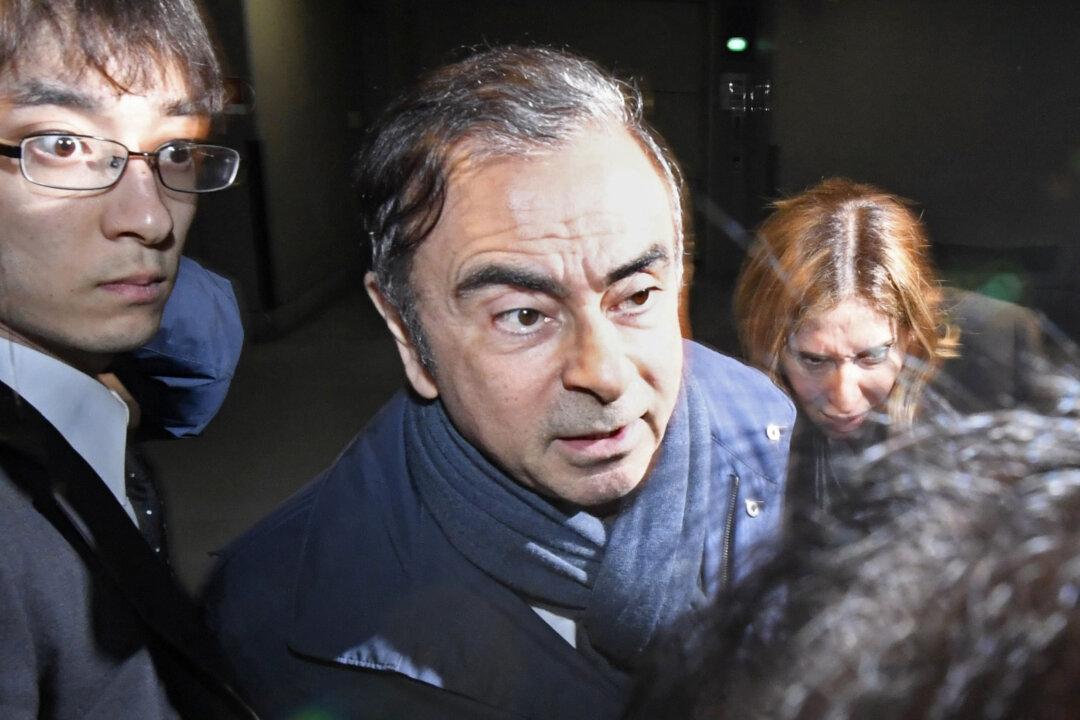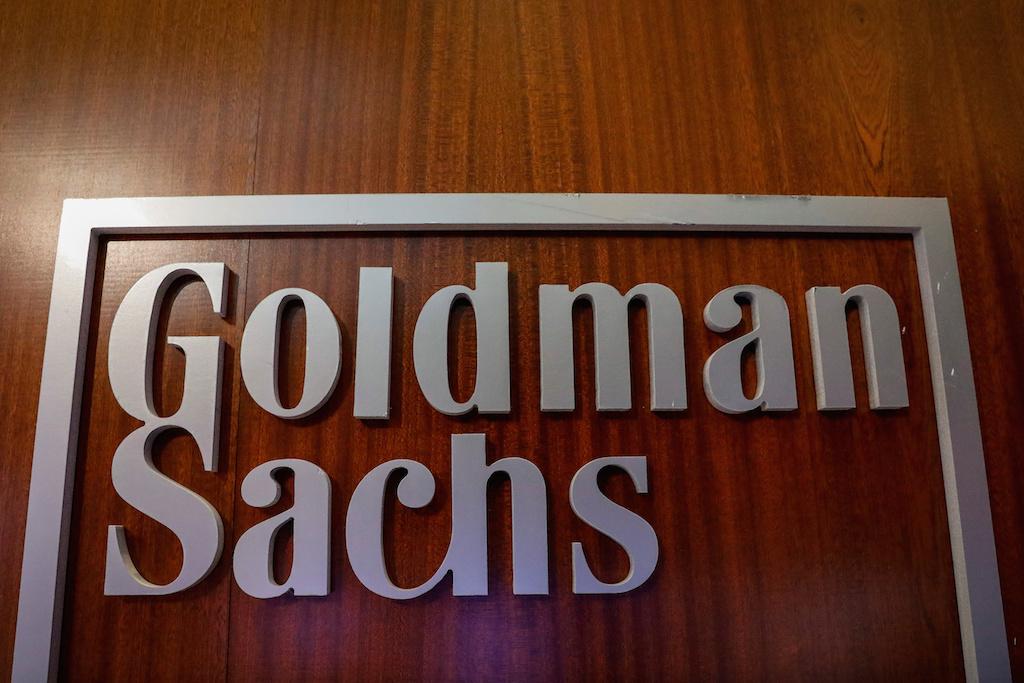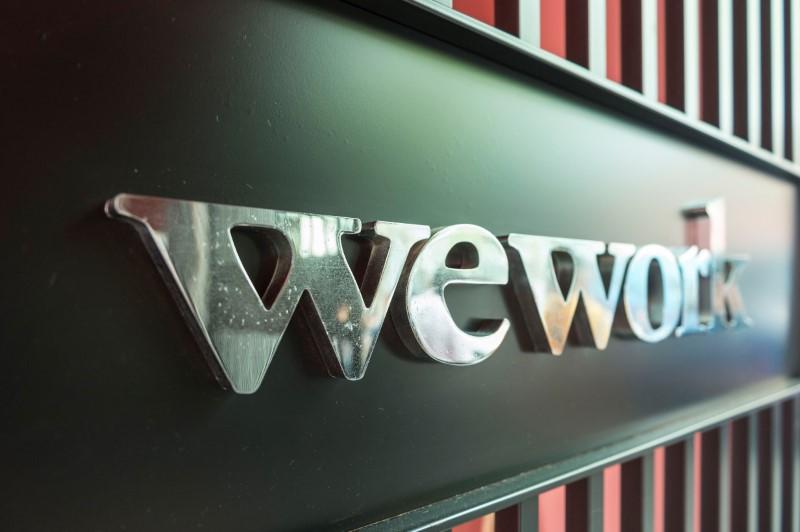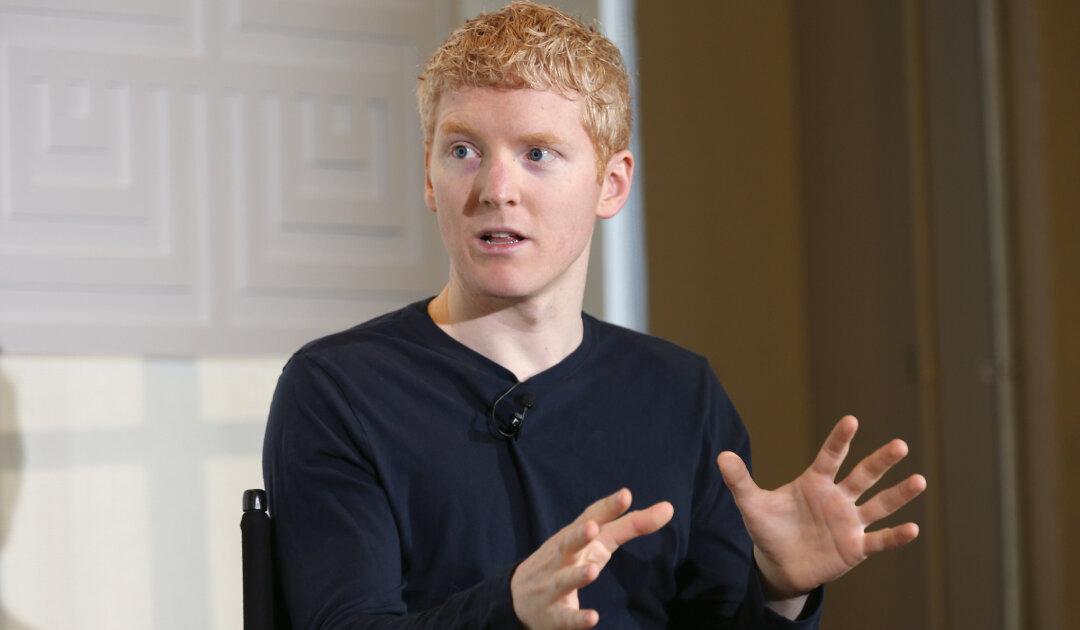Carlos Ghosn’s arrest threw Nissan Motor Co. into a corporate tailspin with allegations of self-dealing, profligate spending and filing false statements. Now the automaker’s profits are falling off a cliff, and successor Hiroto Saikawa may go down with them.
Troubled by slumping U.S. sales, aging models and a product cycle that’s out of sync, the Yokohama-based company is on track to announce on May 14 its lowest annual operating profit in a decade, raising the possibility of a dividend cut. The outlook for the current fiscal year to March 2020 probably won’t be any more promising.




